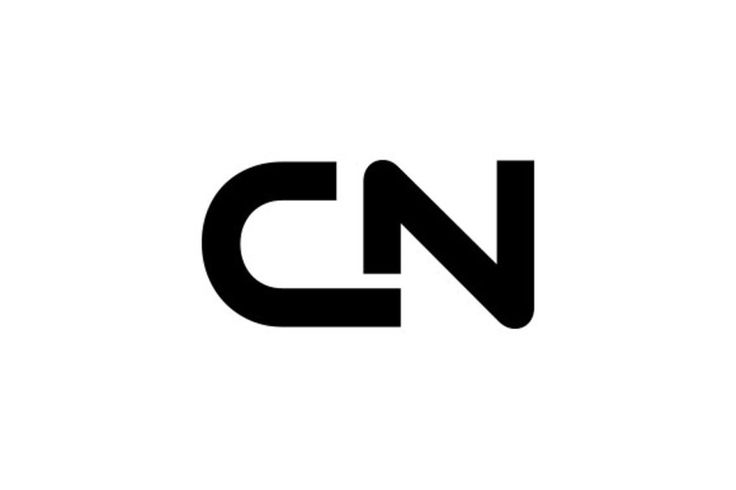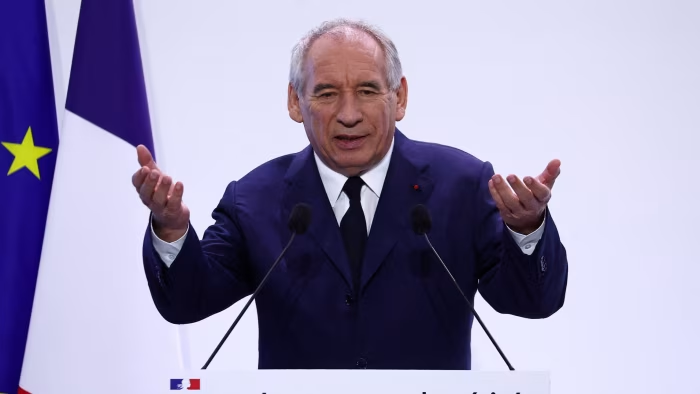🇪🇺 Eurozone Inflation Returns to ECB’s 2 % Target

In June 2025, inflation across the euro area climbed back to 2.0 percent, aligning with the European Central Bank’s (ECB) medium‑term goal. This figure marks a modest increase from May’s 1.9 percent and reinforces the narrative that the era of runaway inflation may have officially ended.
📈 What the Numbers Reveal
- Headline inflation inched up to 2 percent, in line with analysts’ expectations.
- Core inflation, excluding volatile food and energy, stayed steady at 2.3 percent, signaling stable underlying price pressure.
- Services inflation, reflecting domestic cost pressures, rose slightly to 3.3 percent (from 3.2 percent in May), a potential concern for lingering inflation dynamics.
🔍 Drivers Behind the Shift
- Energy: A rebound in costs following Middle East tensions gave prices a modest lift—though a ceasefire has since eased some of the spike.
- Domestic service prices: Continued strength in the services sector fueled persistent core inflation, overshadowing other sectors.
- Euro appreciation: The euro held firm around $1.18, up ~14 percent year‑to‑date, helping dampen import prices and exert downward pressure on inflation.
🏦 What This Means for ECB Policy
With inflation now at target and core wage pressures contained, the ECB is anticipated to:
- Pause its rate‑cut cycle at the July meeting, maintaining the current policy rate at 2 percent.
- Keep the door open for a final 25‑basis‑point cut in September, contingent on inflation trends and economic evidence.
ECB President Christine Lagarde emphasized that while headline inflation is now on target, new supply shocks and structural volatility—from geopolitical frictions to rapid price adjustments—will require the ECB to remain vigilant and responsive.
🌍 Broader Economic Stakes
- Economic growth in the euro area remains sluggish—projected under 1 percent for 2025— with weak industrial, investment, and consumer momentum.
- Trade tensions with the U.S. and geopolitical uncertainties continue to cloud sentiment and risk reigniting inflation, particularly via energy costs or supply-chain disruption.
- Euro strength helps offset imported inflation, but sudden currency reversals could reintroduce price pressures.
🔎 Key Insights
- Headline at target, but underlying fragility: Core and services inflation remain above desired levels.
- ECB’s cautious stance: Prepared to act if inflation paths shift due to external shocks.
- Wider context: Growth remains below par, and vulnerabilities in trade and supply chains could unsettle inflation dynamics.
⏳ What to Watch Next
- ECB meeting (mid‑July): Rate hold is expected, with markets pricing a low (~10‑20 percent) chance of a cut.
- Inflation evolution in July–August: Energy and services trends—especially after potential geopolitical shocks—will shape policymakers’ September decision.
- ECB communication and forecasts: The mid‑July projections and Lagarde’s guidance will clarify the central bank’s reaction function amid rising volatility risks.
📝 In Summary
Eurozone inflation has officially returned to the ECB’s 2 percent objective, a milestone indicating progress—but not the end of the journey. Core and service cost pressures remain elevated, geopolitical and structural shocks loom large, and fragile economic momentum persists. The ECB is poised at a critical juncture: holding steady now, but ready to pivot if threats disrupt the delicate balance.




